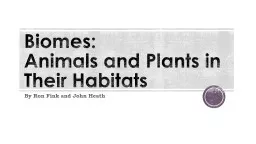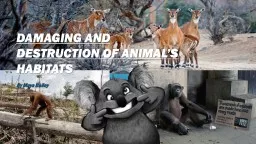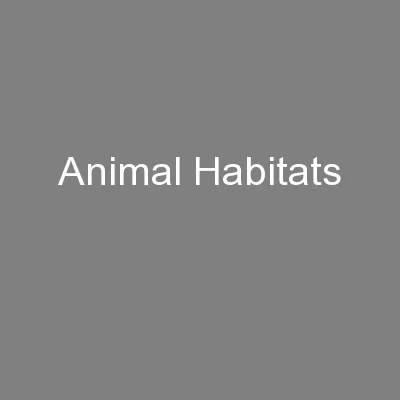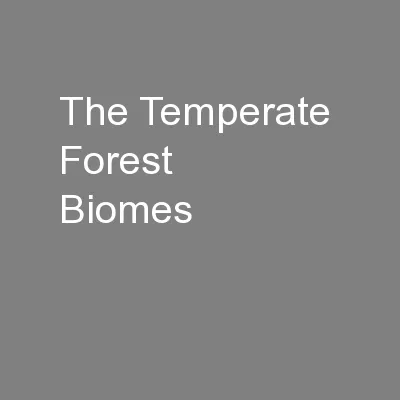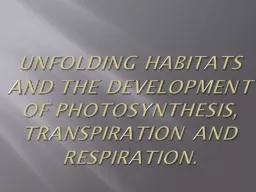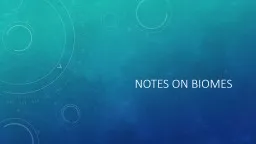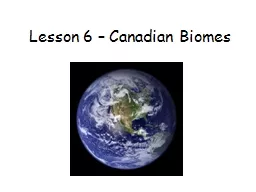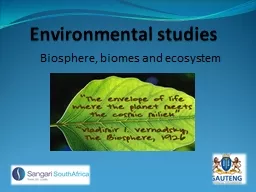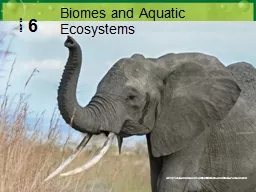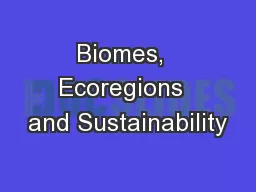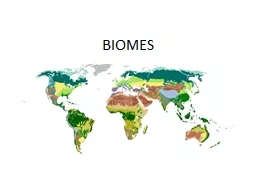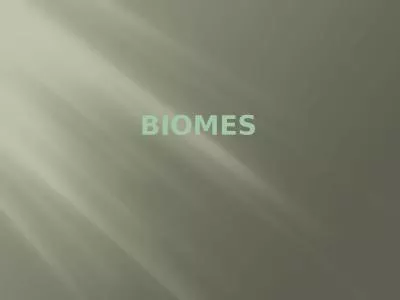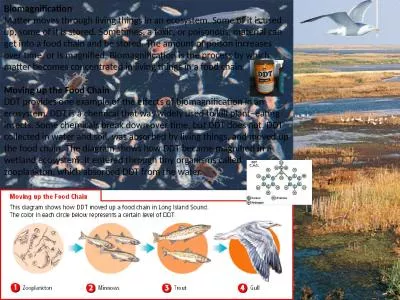PPT-Biomes: Animals and Plants in Their Habitats
Author : briana-ranney | Published Date : 2019-02-08
By Ron Fink and John Heath The Right Biome Once there were some critters So tired of the zoo They want back to nature But do not have a clue What habitat would suit
Presentation Embed Code
Download Presentation
Download Presentation The PPT/PDF document "Biomes: Animals and Plants in Their Habi..." is the property of its rightful owner. Permission is granted to download and print the materials on this website for personal, non-commercial use only, and to display it on your personal computer provided you do not modify the materials and that you retain all copyright notices contained in the materials. By downloading content from our website, you accept the terms of this agreement.
Biomes: Animals and Plants in Their Habitats: Transcript
Download Rules Of Document
"Biomes: Animals and Plants in Their Habitats"The content belongs to its owner. You may download and print it for personal use, without modification, and keep all copyright notices. By downloading, you agree to these terms.
Related Documents

